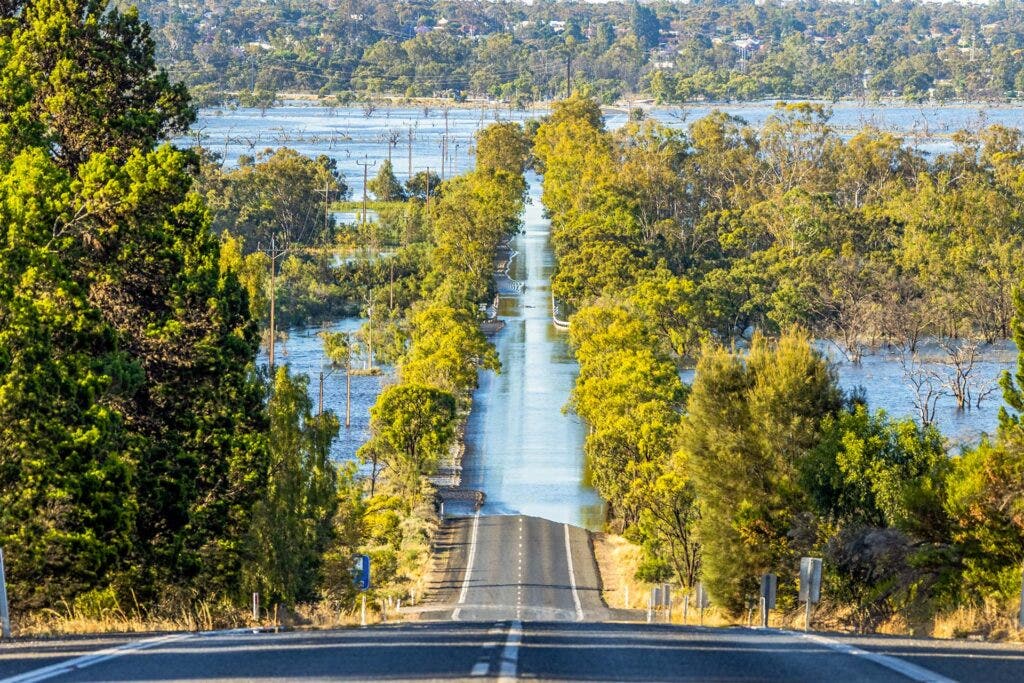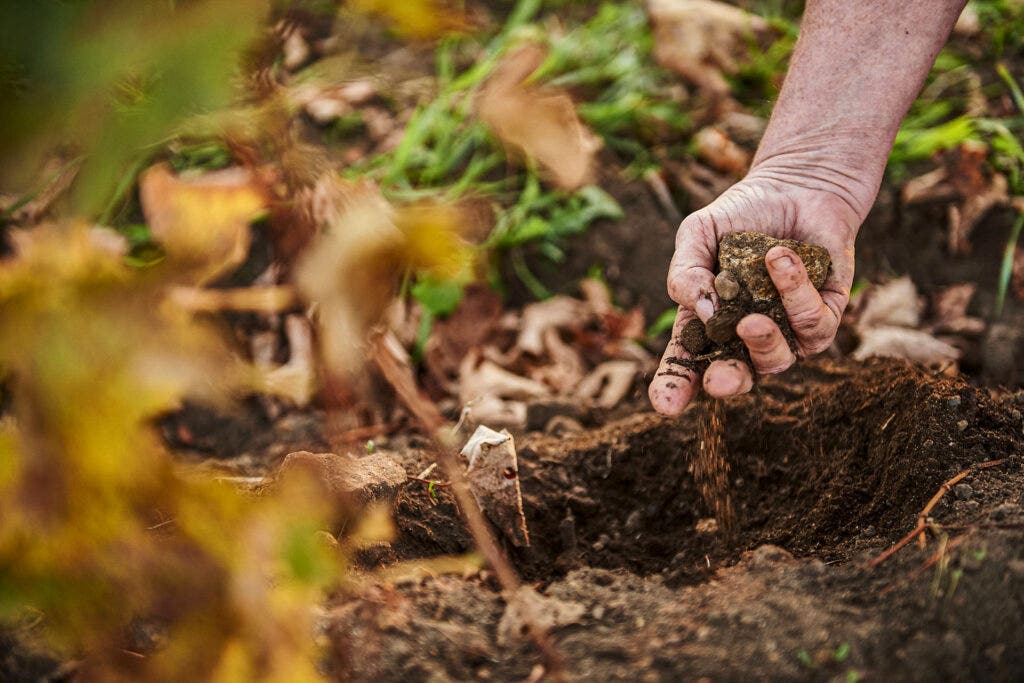Ask a winegrower what keeps them awake at night and they’ll tell you it’s climate change. They’d have told you the same thing 10 years ago. For some, particularly those farming in Australia’s warmest regions, the answer was the same 20, even 30 years ago. Wine farmers are acutely attuned to the impacts of climate change because the grapes they grow are hypersensitive to environmental factors. Wine, therefore, can be considered climate change’s canary in the coal mine. If this is the case, keeping that analogy going, Australia’s winegrowers are some of the first miners to notice that something is amiss.
And what is the Australian wine industry doing about it? Australia’s multipronged climate change adaptation and mitigation efforts are some of the most progressive in the world. Whether they’ll prove impactful enough is the million-dollar question. But the efforts covered here—just a few of many—offer hope for a rapidly changing future.
You May Also Like: Australia’s Cool-Climate Regions Are Redefining Wine Down Under
Fire
Australia is a global leader when it comes to fire management. No stranger to bushfires, the country’s indigenous Aboriginal communities have for tens of thousands of years implemented the practice of controlled burns, in which small, prescribed fires are set in the cool months in order to reduce the number of uncontrolled bushfires in the hot season. Since the devastating bushfires of 2019 in particular, the practice is becoming more widespread with modern winegrowers. But extreme heat and drought are also more widespread, and an increase in bushfires, therefore, seems inevitable. For the wine industry, this means battling smoke taint, which, when detected in the final wine, renders it undrinkable. The Australian Wine Research Institute (AWRI) has been conducting research into smoke taint for over 20 years.
“Researchers in Australia have formed the base for much of the grape smoke exposure research done today,” says Oregon State University Associate Professor of Enology Elizabeth Tomasino, who has been collaborating with AWRI on smoke taint research work in America’s Pacific Northwest. “Unfortunately, they have had to deal with this issue longer than we have, but in that extra time they have helped the West Coast be in a much better place than if we had started from scratch.”
The AWRI, in collaboration with Professor of Oenology Kerry Wilkinson from the University of Adelaide and other industry partners, has looked at a range of vineyard techniques like protective coatings applied to vines in order to shield from smoke impact and winery techniques like carbon products for fining juice and wine to remove taint. They’re also zeroing in on understanding how much smoke exposure in grapes results in smoky wine, depending on the variety.

Water
Where Australian wine leads on the fire adaption front, its approach to water management has also come a long way. While winegrowers along Australia’s southeast coast—the location of the vast majority of Australia’s 65 wine regions—are reeling from three soggy years of record-breaking rainfall and floods, water is still considered a precious commodity Down Under, particularly in Australia’s warmest wine regions in South Australia and inland Victoria, like Barossa and Clare Valleys, McLaren Vale, Coonawarra, Riverland and Riverina. Today, across Australian agriculture, water is strictly allocated. But some wine regions have always been ahead of the conservation curve. McLaren Vale, just south of Adelaide, was the first wine region in Australia to self-impose water restrictions. It irrigates 50% of the region’s vines with recycled, treated wastewater—more than 6,000 megaliters’ worth—through a water supply scheme that’s been in place since 1999 and that remains the largest recycled water network in Australia.
You May Also Like: Australia’s Riverland Rethinks Its Bulk Wine Model
Much of this water goes toward irrigation, a necessity in many of Australia’s driest regions. Irrigation technology is improving this practice. The majority of growers across Australia now use “pressure compensating” under-vine drip irrigation lines as opposed to water-wasting overhead irrigation sprayers. Soil moisture monitoring systems allow viticulturists to turn on the taps at the touch of a button on their phones or computers, and new data-driven software programs inform them exactly when and how much to irrigate. This micromanagement of water usage allows growers to take just what they need, with no wastage. A 2023 study by Dr. Vinay Pagay from the University of Adelaide showed that data-driven irrigation schedules increase water use efficiency by up to 41% in Cabernet Sauvignon crops grown in well-draining Terra Rossa soils, when compared to conventional methods.
It’s a win-win for wineries, who often see an uptick in grape quality. “We are aiming to grow the highest quality wine with the least amount of water,” says Nigel Blieschke, chief viticulturist for Torbreck in Barossa. He has utilized irrigation technology for the past three years on the estate’s 1994-planted Descendant vineyard, where shallow soils make dry farming more difficult. Blieschke is also trialing thermal imaging cameras to help schedule irrigation, another potential tool in a winegrower’s watersaving belt.
One of the most highly effective and natural water savers, however, lies in the soil. Increasing organic matter like mulch, compost and cover crops in vineyards significantly increases water retention, so growers can water less.

Earth
Even beyond water conservation, improving soil health is crucial to climate change mitigation: There is now widespread momentum from wineries large and small to examine the dirt beneath their feet. Programs like EcoVineyards, funded by Wine Australia, the industry’s national organizing body, help growers set concrete goals to enhance biodiversity, reduce the need for herbicides through biocontrols like predatory insects and increase the use of mulch and cover crops. Added bonus: These practices supercharge a vine’s ability to sequester carbon by absorbing CO2 via green material and depositing that carbon into the soil through its root system. Australian agritech company Loam has developed a new technology to enhance this process—a microbial seed coating designed to increase a plant’s natural carbon-storing abilities. Sue Hodder, who has been senior winemaker at historic Coonawarra Estate, Wynns, for 25 years, started trialing the technology in 2021. “We now plan to increase the population of these beneficial microbes to increase soil carbon and health,” she says.
Vanya Cullen, of biodynamic winery Cullen in Western Australia’s Margaret River region, takes carbon capture to another level. Among Cullen’s many exemplary climate initiatives, it lays claim to being the first winery in Australia to enroll in a carbon neutral program, achieving carbon neutral status in 2006 and becoming carbon positive in 2019, when the estate sequestered more carbon in its soils than the entire business emitted. “We are only just starting to understand what happens with carbon sequestration,” says Cullen. “Land management and how we manage our soils is a very important part of mitigating climate change.”

Air
An Emissions Reduction Roadmap is among Wine Australia’s many recent climate initiatives— including a 2020 Wine Climate Atlas, which provides detailed climate projections for the short-, medium- and long-term, out to 2100, for all 65 wine regions, helping producers to better predict future weather patterns. The ultimate goal is to reduce carbon emissions across the country’s wine industry by 42% before 2030. To do this they’ll provide practical steps for growers, winemakers and supply chain members toward reduction. The ambitious project was unveiled in June 2023 at CO23, Australia’s very first Carbon Mitigation Conference, which highlighted many of the nation’s new climate initiatives under one roof, in an effort to help both the local and global industry better prepare for our ever-changing environmental conditions. The canary is calling.
This article originally appeared in the December 2023 issue of Wine Enthusiast magazine. Click here to subscribe today!

Bring the World of Wine to Your Doorstep
Subscribe to Wine Enthusiast Magazine now and get 1 year for $70 $29.99.
Published: November 28, 2023















